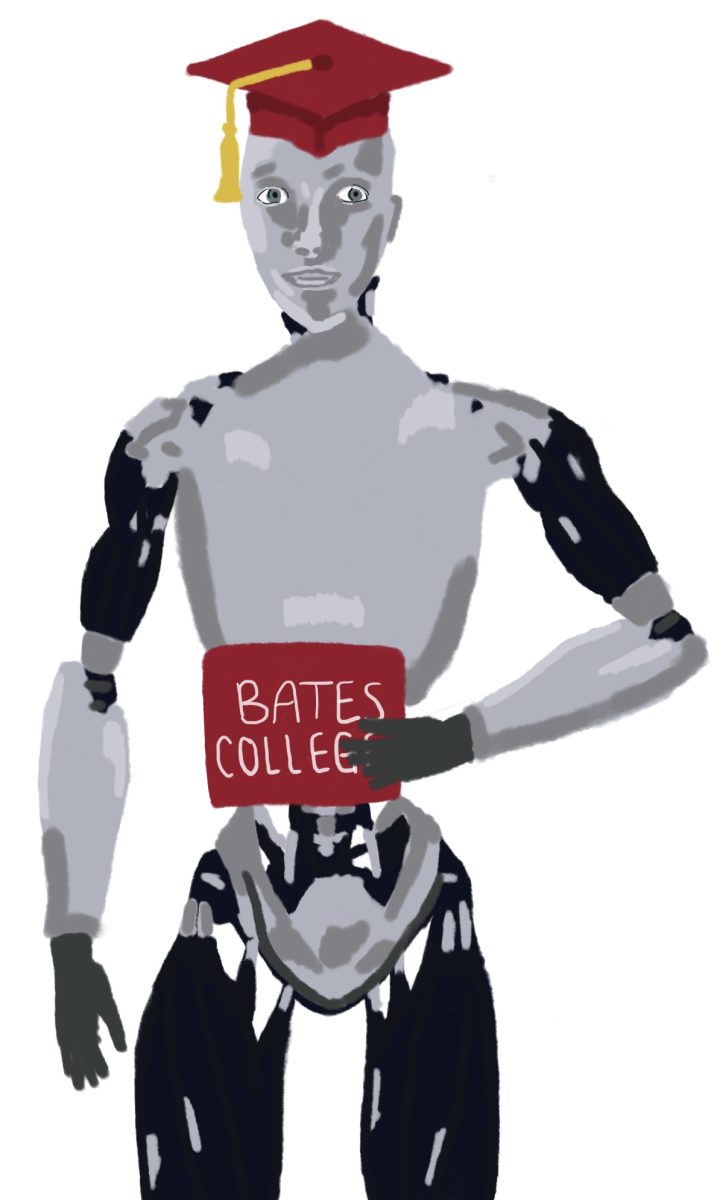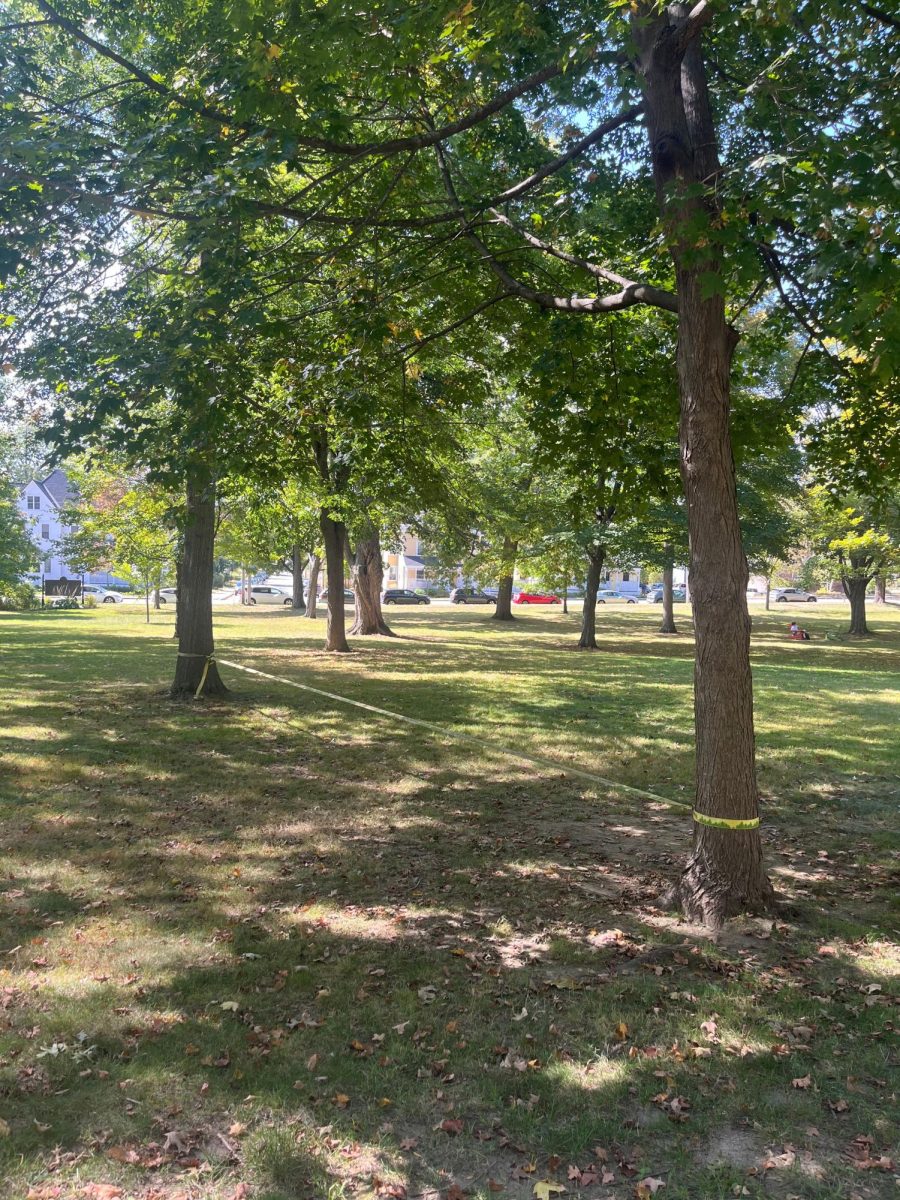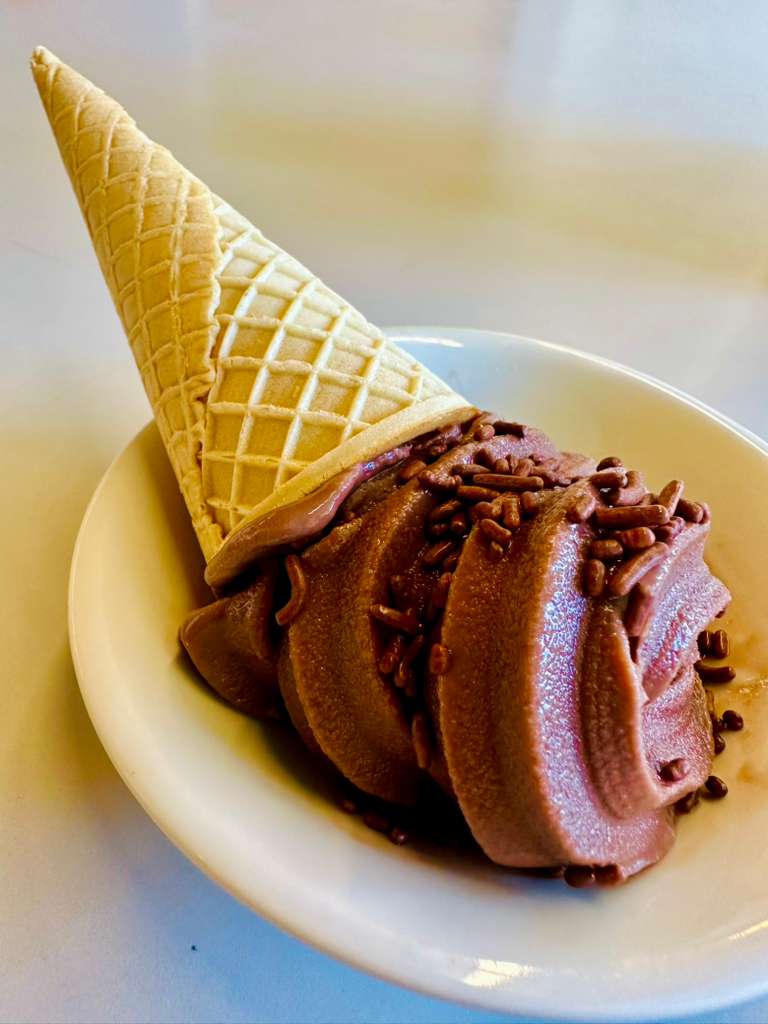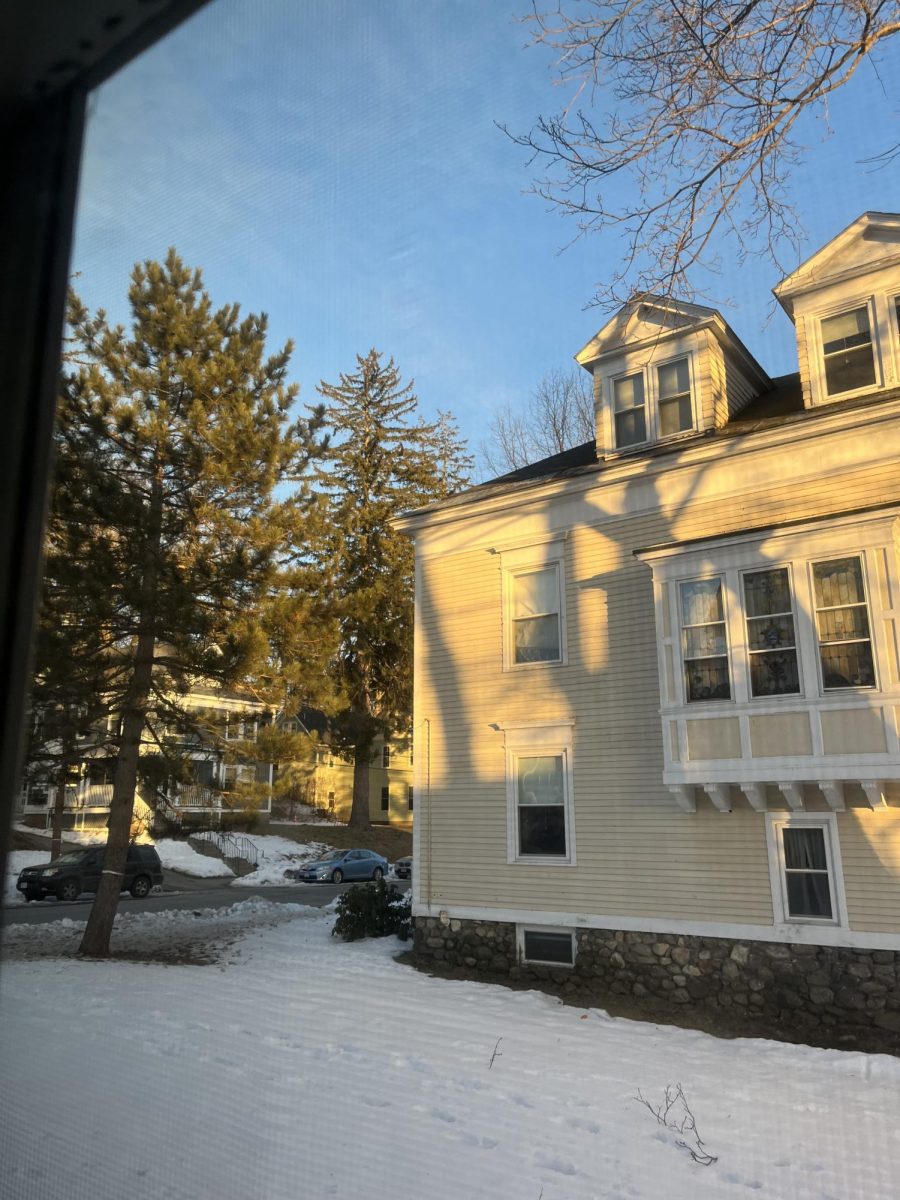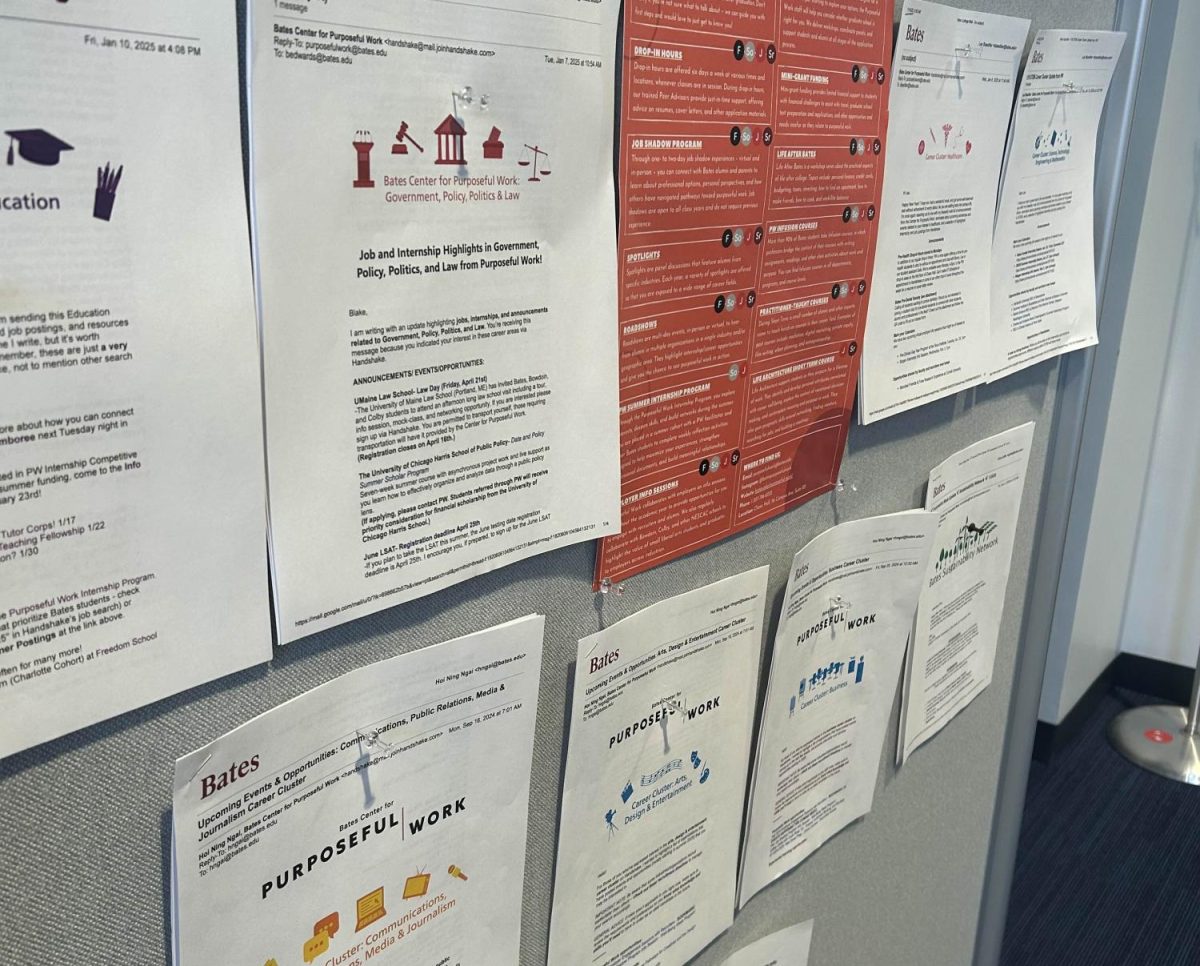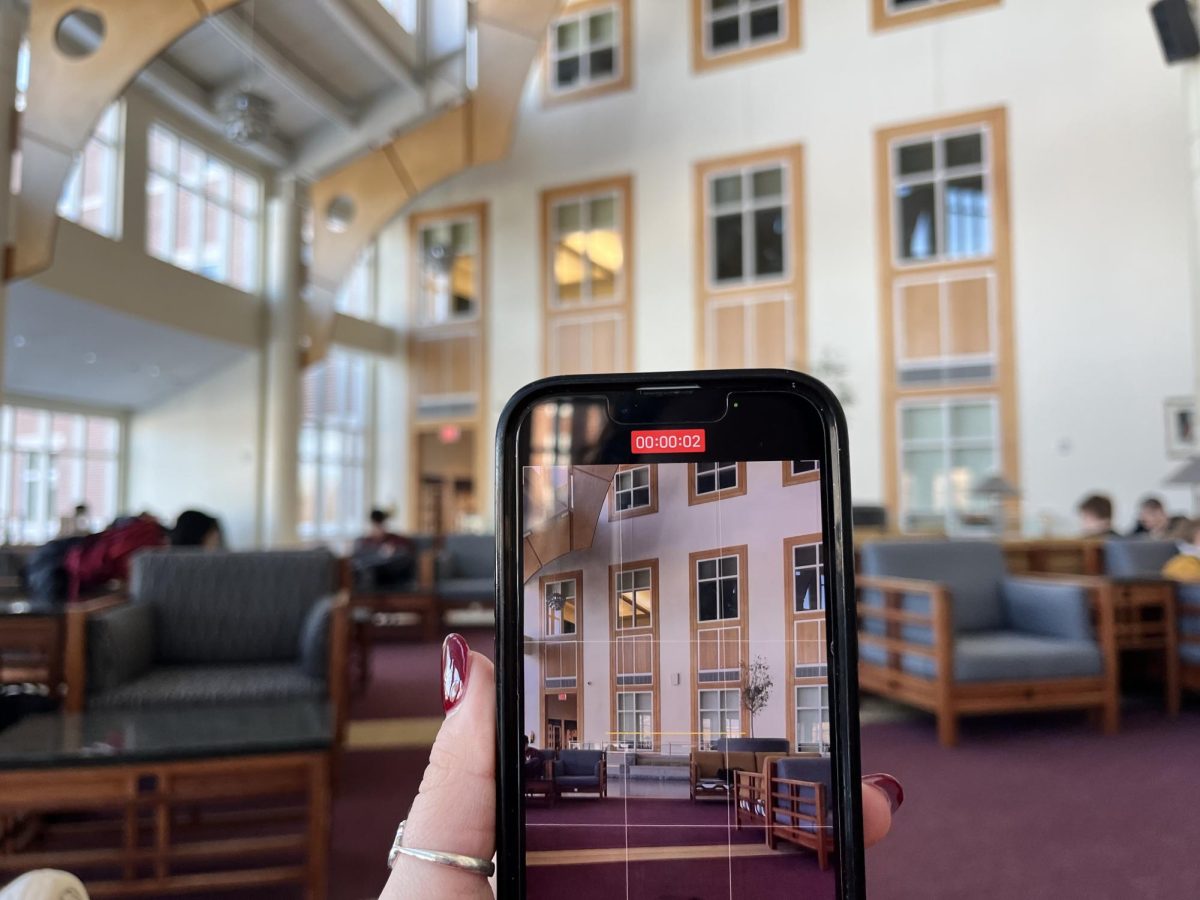“The legal battle against segregation is won, but the community battle goes on.” This quote by Dorothy Day highlights how, legally, people have the ability to be in the same space with people who come from backgrounds different from their own; however, due to societal hierarchies not everyone has the ability to express themselves in the same way in the same space.
This can even be seen at a “welcoming” campus such as Bates College. Bates prides itself for opening its doors to students who come from marginalized groups and how most of the students go here because they want to be an ally. However, Bates neglects the fact that being liberal and seeking positive change isn’t code for more diversity; its code for more inclusivity, which means encouraging and supporting students with marginalized identities.
Now one of the main arguments that I hear quite often, usually from white individuals, is “I tried to be friends with them [referring to people of color], but they all just hang around each other.” Now this is typically followed by the buzzword that everyone loves or hates: “self-segregation.” This term gets thrown around a lot, especially in the beginning of the school year, even though the people who use it don’t understand the true power that word possesses.
“Self-segregation” is what’s called a “lazy term,” similarly to “reverse-racism,” because segregation prevented people of color from daily tasks, such as going to school or eating at a restaurant. Now people make it seem like these structures that took power away from people is a choice.
To truly understand the extent of segregation and why it’s such a harmful structure, we need to establish the role it played in American culture. Segregation started in 1896 with the Supreme Court case Plessy v. Ferguson, which insinuated that there is a difference between white and black people; henceforth, people should be separated by race. This happened right after slaves became free and was a way for white people to “preserve the dominant race [referring to themselves, of course].”
Segregation became the staple of what people in this country were and weren’t allowed to do. People of color weren’t allowed to have the same education as white people, which meant we were less qualified for jobs.
People of color had to enter through the service door of restaurants- now just think about that people had to enter the service door to get food that they are paying for. Plessy v. Ferguson drew a barrier between people of color and white people, and created an imbalance in who had and has power.
Now, Plessy v. Ferguson was eventually overturned by Brown v. Board of Education in 1954, but by that time the idea that people should stick within their own racial group had already been embedded into the minds of the people.
People of color on campus stay within their racial homogeneous groups because white people forced our ancestors to do so. We don’t have a choice to choose what groups we can join because the darker your skin pigmentation, the more you’re judged and criticized for being different. We stay in racial homogeneous groups out of necessity, unlike our white peers who do it out of luxury.
When you’re on a campus where people who do not look like you are dominant, you do not know how to navigate that space without the feeling of getting judged, so we help each other out and remind each other that we’re here for a reason.
Constantly using the term “self-segregation” is a way for white individuals to not acknowledge their white guilt because they don’t want to acknowledge that their ancestors caused groups of people to suffer and be disenfranchised. This doesn’t even mention how segregation is a power structure that white people created to disempower black people; therefore, black people cannot use it to help them in any way.
In any case “self-segregation” is a myth and a term that only has the purpose of trying to make people of color feel bad in an already hostile environment. If that’s the case why don’t people criticize white people for only hanging out with each other?
In order to get rid of segregation on campus, we must make the campus feel accessible for all racial groups without one overpowering the other, and that starts with the people who made the power structure in the first place.


